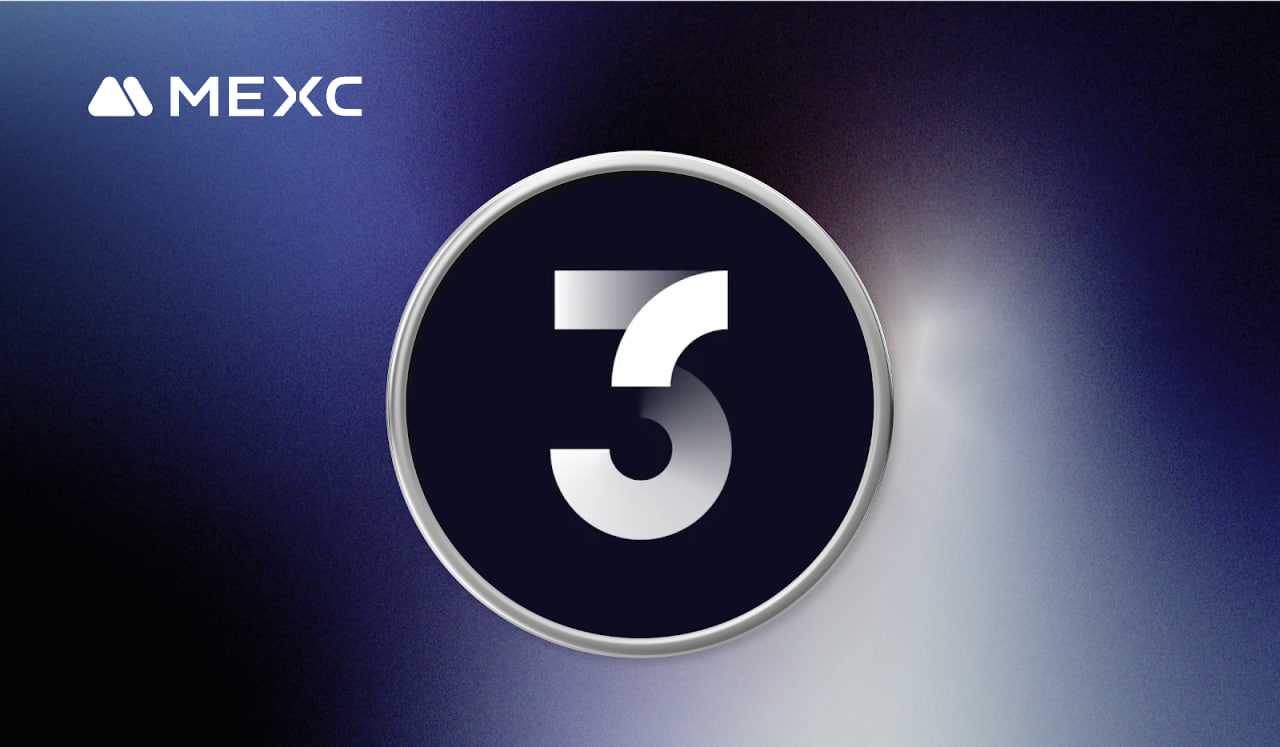Key Points:
- With the launch of the BRC-721E token standard, Bitcoin has taken a huge step forward in the field of NFTs.
- NFT holders on the Ethereum blockchain may burn tokens and inscribe them onto a satoshi on the Bitcoin network.
- The BRC-721E token standard has substantially simplified this procedure.
By adopting the BRC-721E token standard, Bitcoin has taken a huge step forward in the field of non-fungible tokens (NFTs). This innovative invention, launched by Bitcoin-based NFT marketplace Ordinals Market and Bitcoin wallet Xverse, is intended to change the NFT environment and solidify Bitcoin’s market position.

Let’s look at what this implies for the world of NFTs and how it streamlines the process of migrating NFT collectors to the Bitcoin network. But first, we have to explore the concept of BRC-721.
What is the BRC-721 token standard?
The BRC-721 token is a token standard for NFTs (Non-Fungible Tokens) on the Bitcoin network, derived from BRC-20 (a token standard for fungible tokens). Each BRC-721 token contains a specific and non-replaceable identifier (Identifier inscription).
The inscription ID will be produced in numerical sequence from 1 to max (max is the maximum value of an NFT Collection’s entire supply).
The BRC-20 and BRC-721 vary in the following ways:
- BRC-721 is used for Non-Fungible Token (NFT), whereas BRC-20 is used for Fungible Token.
- Upgrade: The BRC-721 meets the BRC-20 standards, with token identification and functionality handled by a JSON file.
- BRC-20 requires users to mint a transfer subscription in order to send a transaction, resulting in higher transaction costs and more data kept on the Bitcoin network.
- The BRC-721 standard uses serialization through ID inscription to convey transactions, lowering costs and minimizing the amount of data stored on the network.
In summary, BRC-20 and BRC-721 both have their own advantages and disadvantages. Users need to learn carefully before deciding which token to use for their purposes on the Bitcoin blockchain platform.

What is the BRC-721E token standard?
The BRC-721E token standard is a game-changing technology that allows Ethereum-based ERC-721 projects to smoothly migrate to the Bitcoin network. The ERC-721 token is sent to a burn address, after which the NFT is inscribed into the Bitcoin network. After the bridging is finished, the NFT and its associated information will be viewable on the ordinals.market website.
The new blockchain token standard BRC-721E enables traders to convert their Ethereum-based NFTs into Bitcoin-based NFTs. This allows traders to easily migrate across blockchain platforms.
This token standard is supposed to be the link between the Ethereum and Bitcoin networks, enabling traders to exchange their ERC-721 NFTs for BRC-721E tokens on the Bitcoin network.
According to the Ordinals Market website, holders of Ethereum NFTs may burn them and copy them to a satoshi on the Bitcoin network. After copying, tokens will show complete information on Ordinals Market’s custom collection page.
It should be noted, however, that although the new standard permits ERC-721 NFTs to be converted into NFTs Ordinals, the original information will not be maintained on the blockchain. Ordinals Market provides a variety of previewing choices on the NFT blockchain, which may be shown in wallets or on existing markets.
Migrating NFT from Ethereum to Bitcoin
The migration path of an ERC-721 NFT starts with the burning process, which is performed through an ETH call function. This irreversible technique creates a one-of-a-kind inscription on the blockchain.
The user must inscribe correct BRC-721E data to validate the ETH burn on the Bitcoin network. After successful completion, the transmitted NFT appears on a customized Ordinals marketplace collection page with extensive metadata.
Indexers, who act as diligent gatekeepers, analyze the burnt NFT’s etched data. This stringent validation guarantees that each token has just one valid inscription and that the genesis address matches the burn transaction call data.

Benefits of BRC-721E
Earlier, collectors had difficulties transferring NFTs to Bitcoin owing to the high learning curve needed. The BRC-721E token standard, on the other hand, has significantly simplified this procedure. Users may now move their digital assets from Ethereum to Bitcoin with ease, providing new chances for NFT collectors.
BRC-721E is open to many projects that can make NFT ERC-721 to Bitcoin transition programs at a cheaper cost helping to boost existing projects. From there, the number of NFTs on Bitcoin becomes richer and increases the liquidity value.
Bitcoin is one of the first cryptocurrencies in the crypto market, so any developments on Bitcoin always attract the interest of users. However, the Bitcoin ecosystem is a new concept and in development, so the ability to implement features and standards on the Bitcoin network is still in its infancy.
To develop the Bitcoin ecosystem in the future, the implementation of token standards is essential first. This will provide a foundation for Bitcoin to build new applications and services, which in turn will open up many opportunities for users and developers in the crypto community.
The appearance of BRC-721 has provided a more secure solution for transactions and eliminated traditional and small transaction methods like BRC-20. Therefore, the BRC-721E will also follow this development momentum.
BRC-721E will bring many benefits to the Bitcoin ecosystem, especially in increasing the amount of NFT transactions on the network. This will contribute to the development of the Bitcoin NFT ecosystem in the future.
According to data from Dune Analytics, the number of inscriptions on the Ordinals protocol surpassed 10 million, which is a significant increase from the 3 million recorded in the first week of May.
The Bitcoin network has also climbed to second place on the NFT session trading chart by network volume, according to data from CryptoSlam, surpassing Solana and second only to Ethereum. This growth is significant, considering that the Ordinal protocol has only been around since January.
Such high-volume transactions originally stressed the Bitcoin network, resulting in congestion and delays in transaction processing. About 500,000 transactions were left for confirmation at one time, sparking suspicion of a possible network assault.
Although weekly inscriptions have decreased in recent weeks as compared to the first half of May, the launch of the BRC-721E token standard is anticipated to revitalize the Bitcoin NFT market. As the onboarding process gets simpler and more streamlined, more collectors will be encouraged to investigate Bitcoin NFTs. Projects such as Taproot Wizards are already gaining popularity among Bitcoin NFT fans.
Bitcoin NFTs have advanced significantly with the introduction of the BRC-721E token standard. This move makes it easier for ERC-721 projects to migrate to the Bitcoin network and demonstrates Bitcoin’s rising prominence in the NFT sector. We should anticipate an inflow of collectors to embrace Bitcoin NFTs as the process becomes more user-friendly, boosting innovation and development in this interesting field.
The Ordinals market attests to the fact that the basic principles of the BRC-721E standard, along with the adaptability of indexers, provide the protocol with the potential to expand and adapt over time, even if the information is not originally maintained on-chain.
Conclusion
The smart combination of BRC-20 and Ordinals has opened up new avenues for token minting on the Bitcoin blockchain, resulting in the development of a slew of popular BRC-20 tokens among the thriving crypto community.
The groundbreaking BRC-721E standard is a big step forward in blockchain art transactions, building a strong bridge between Bitcoin and Ethereum.
DISCLAIMER: The information on this website is provided as general market commentary and does not constitute investment advice. We encourage you to do your own research before investing.
Join us to keep track of news: https://linktr.ee/coincu
Harold
Coincu News























